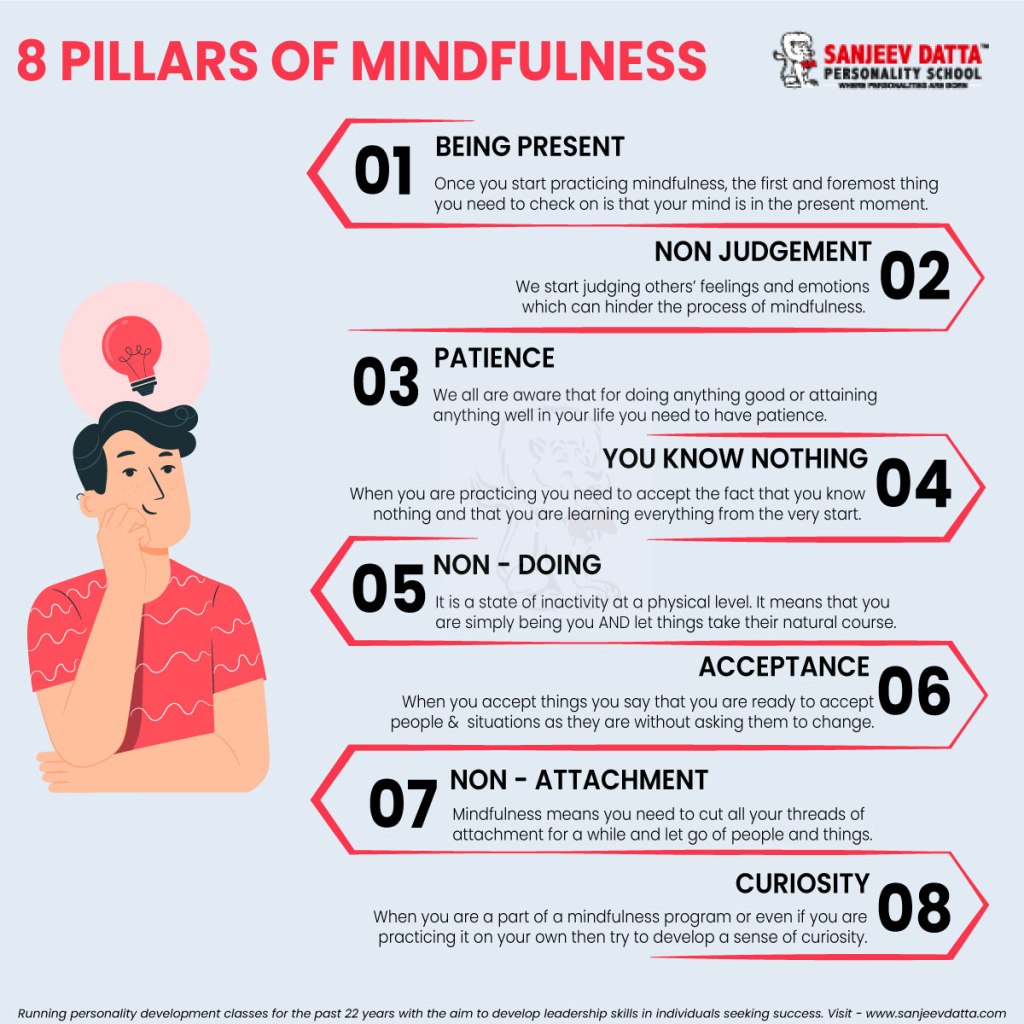Are you struggling to express your sentiments? Maybe you’ve had a difficult day at work and you’re feeling angry, but you don’t know how to put that anger into words. Or perhaps you’ve experienced a loss or a major life change, and you’re struggling to communicate your feelings to others. In this article, we’ll explore some practical and engaging tips for expressing feelings effectively. Whether you’re looking to connect with others on a deeper level, improve your communication skills, or simply learn to express your feelings more confidently, these tips for sharing feelings will help you become a master of emotional expression. So let’s dive in and explore the wonderful world of emotions together!
- Acknowledge Your Emotions:
Before you can express your emotions, it’s important to acknowledge and accept them. This means recognizing the emotions you’re feeling and understanding why you’re feeling them. It’s easy to get caught up in our thoughts and distractions and forget about our emotions. However, denying or suppressing our emotions can lead to increased stress and anxiety. Instead, take a moment to identify and validate your emotions. This can help you express them in a more authentic and meaningful way.
2. Find the Right Time and Place:
Expressing your emotions requires a safe and comfortable environment. Choose a time and place where you feel relaxed and have privacy. This can help you feel more comfortable expressing your emotions and can also help the other person be more receptive to what you’re saying. For example, if you want to express your emotions to a friend, choose a time when they’re not busy or distracted and find a quiet space where you can talk without interruptions.
Visit: benefits of creativity and innovation
3. Be Specific:
When expressing your emotions, it’s important to be specific about what you’re feeling and why. Instead of using vague or general terms, try to use specific examples to illustrate your emotions. For example, instead of saying, “I feel bad,” say, “I feel sad because of what happened.” This can help the other person to understand your emotions better and respond appropriately.

4. Use Body Language:
Nonverbal communication can be a powerful way to express your emotions. Sometimes, words may not be enough to convey the depth of your emotions. Using gestures, facial expressions, and body language can help to make your emotions more tangible and relatable to the other person. For example, if you’re feeling anxious, you may fidget or tap your foot. These nonverbal cues can help the other person to understand how you’re feeling and respond accordingly.
Visit: tips for timeless wisdom
5. Write It Down:
If expressing your emotions verbally feels too overwhelming or challenging, writing them down can be a helpful alternative. Writing can provide a safe space for you to explore your emotions without the pressure of having to express them to someone else. You can write a letter, journal, or even poetry to express yourself more creatively. This can help you to process your emotions and find clarity and understanding.
6. Find Supportive People:
If you find it challenging to express your emotions, it’s okay to seek support from a trusted friend, family member, therapist, or even personality development classes that can help. Having someone to talk to and listen to your thoughts and feelings can provide a safe space for you to explore your emotions and receive validation and support.
7. Active Listening:
When you express your emotions, it’s important to listen actively to the other person’s perspective. Active listening involves paying attention to the other person’s thoughts and feelings, showing empathy, and acknowledging their point of view. Active listening can help foster a sense of understanding and connection between you and the other person.

8. Take a Break:
Expressing emotions can be challenging and can take an emotional toll on you. If you feel overwhelmed, take a pause and give yourself a while to process your emotions. This can help you regain your emotional balance and continue the conversation more constructively.
Visit: barriers to communication to overcome
9. Practice Self-Care:
Taking care of yourself before and after expressing your emotions is essential for maintaining your emotional well-being. Practicing self-care activities such as exercise, meditation, or spending time with loved ones can help you manage your emotions and maintain your overall well-being.
10. Creative Outlets:
Sometimes, it can be hard to express emotions verbally. In such cases, using creative outlets like art, music, or dance can help you explore and express your emotions symbolically. This can be especially helpful if you have trouble verbalizing your feelings.
11. Be Kind to Yourself:
It’s easy to be hard on ourselves for feeling certain emotions. But even the top soft skills coach cannot teach you how to be kind to yourself. Practicing self-compassion can help you accept your emotions and express them effectively. Give yourself permission to feel your emotions and be kind to yourself when you’re struggling.
Visit: self esteem activities
In conclusion, there are many tips to express feelings effectively. By using these tips for sharing feelings, you can improve your emotional expression skills and build stronger connections with the people around you. Remember, emotional expression takes practice, patience, and vulnerability. But with time and effort, you can become a skilled emotional communicator and live a more fulfilling life!

